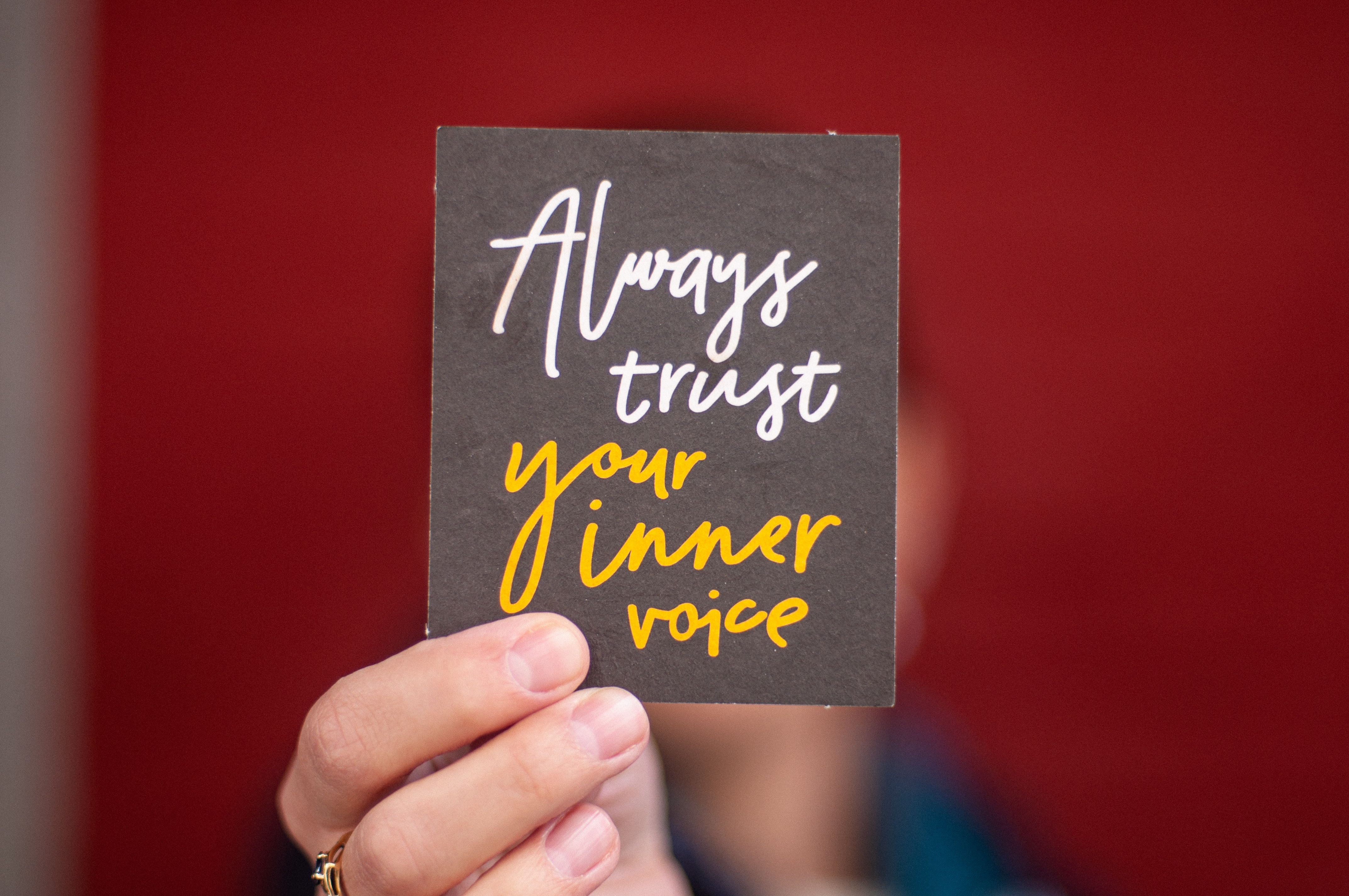Updated October 2025
I read the message. My heart started pounding, I felt slightly sweaty, a knot was building in my stomach. Nauseous. I felt like a child again, caught doing something I shouldn’t. Except I wasn’t. My crime? I had made a choice that someone else disapproved of.
I was angry, embarrassed, scared - all classic fight-response emotions. My mind raced with all the things I wanted to say, how I’d make them regret their judgement. But I didn’t. Because I’d been conditioned to please others.
Not this time, though. Now I make my own choices and take responsibility for them. I am not afraid of others or their perceptions. And it feels powerful.
It Can Be Hard to Trust Yourself
If you’ve spent much of your life trying to please others, fitting in, or toeing the party line, trusting yourself can feel almost impossible. For me, the journey began unintentionally, a decade ago, and became conscious work since I reached 40, through journaling, reflection, and shadow work.
During a coaching session with my coach, Rebecca, I realised something profound: I’d been hiding my power, and in doing so, I’d stopped trusting myself. That insight reshaped how I view my own choices, my voice, and my boundaries.
Why I Didn’t Trust Myself
For so long, I looked to others to tell me what to do or believe. I admired courage but felt incapable of owning it myself. Boundaries were weak. I hid parts of myself to avoid rejection. My inner critic was loud, persistent, and convincing.
I was unhappy, living in fear of being found out, worrying about upsetting others. But I had to change. And that change began with small, conscious steps.
How I Learned to Trust Myself
1. Journaling
I began writing privately, expressing opinions and feelings without judgement. This space allowed me to process my thoughts and emotions safely. I didn’t consciously think about intuition at first, but slowly, I noticed clarity forming from my own reflections.
2. Sharing Opinions with Trusted People
Even before I fully trusted myself, I started tentatively sharing my thoughts with a few trusted friends. Their support and encouragement showed me that my ideas weren’t “bad” or rebellious; they had value. This gave me the confidence to keep exploring my own beliefs and gradually build self-trust.
3. Big Life Events as Catalysts
Pregnancy and motherhood amplified my self-trust. I had to make decisions for someone else and realised my intuition was reliable. I could trust myself, even if others disagreed.
4. Accepting Differences and Setting Boundaries
I learned two important lessons: it’s OK to have different views, and I cannot control others’ judgements. Setting boundaries became easier, and I approached others with kindness, while honouring my truth.
Critical Thinking and Fear
I grew up equating respect with agreement, so I struggled to know what I thought independently. Today, informed choice and critical thinking help me trust my decisions. Exploring other perspectives either strengthens my resolve or informs a better decision.
Processing fear is essential. Start small: even tiny decisions, like preferences over cream on top of jam, matter. Each successful choice builds confidence. When I trust myself, I feel calm and grounded, even if nervous. Self-trust opens doors; a win-win for intuition, confidence, and opportunities.
Your Self-Trust Journey
Trusting yourself isn’t a one-time achievement. It’s a practice, a muscle to strengthen through awareness, small decisions, and reflection.
If you want to explore your patterns and strengthen your self-trust, start with my Protective Strategies Quiz
You don’t need permission to trust yourself. You just need to choose it — every single day.

